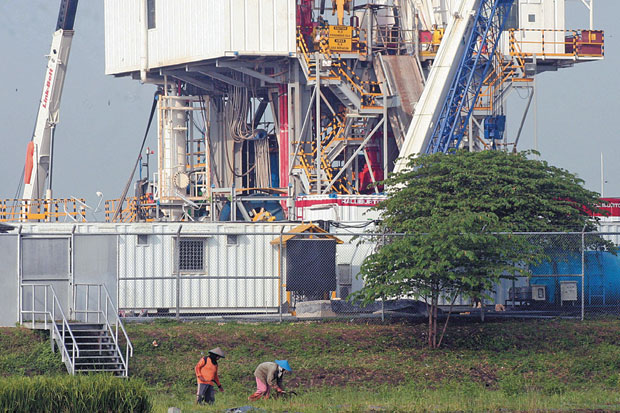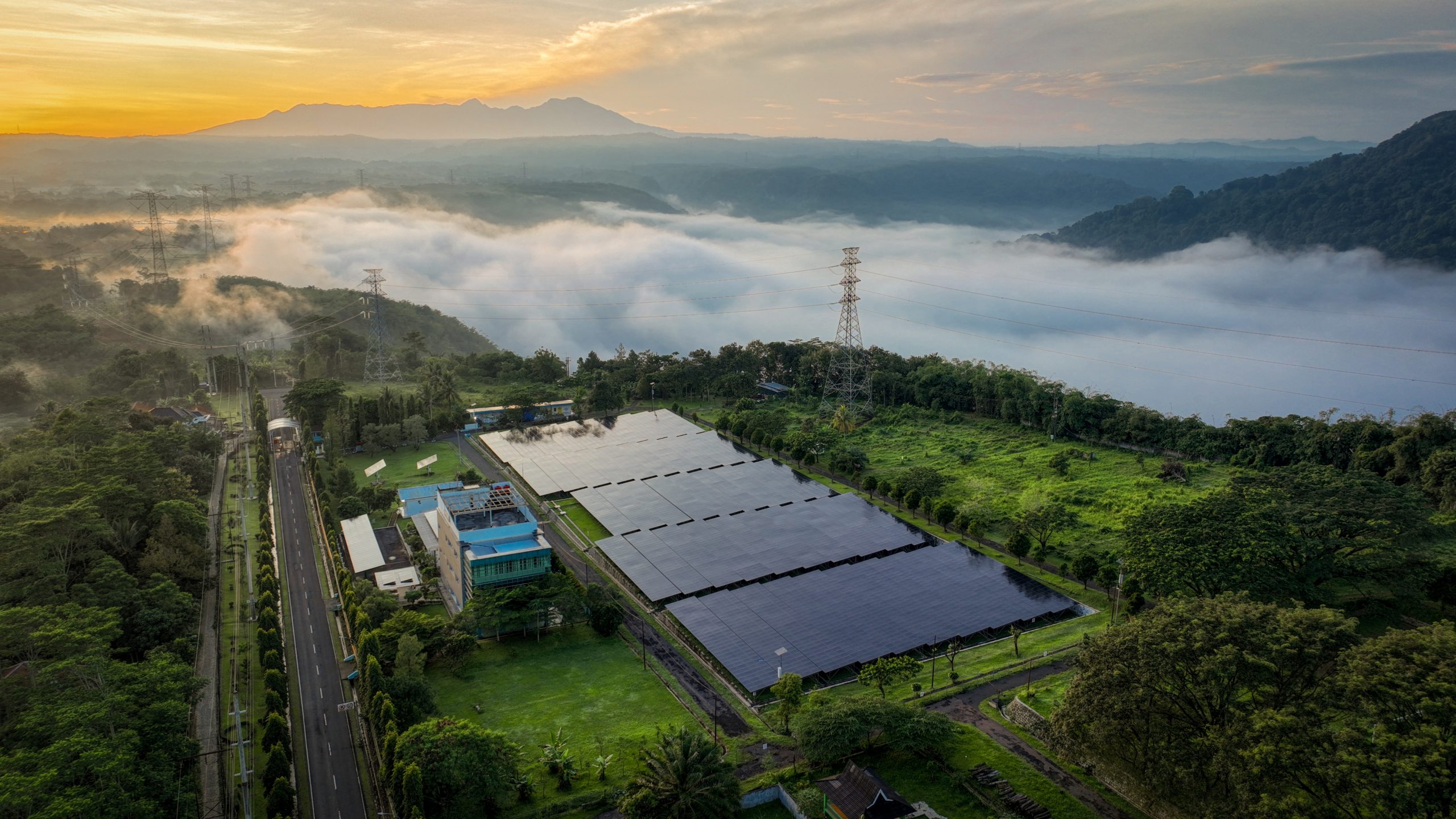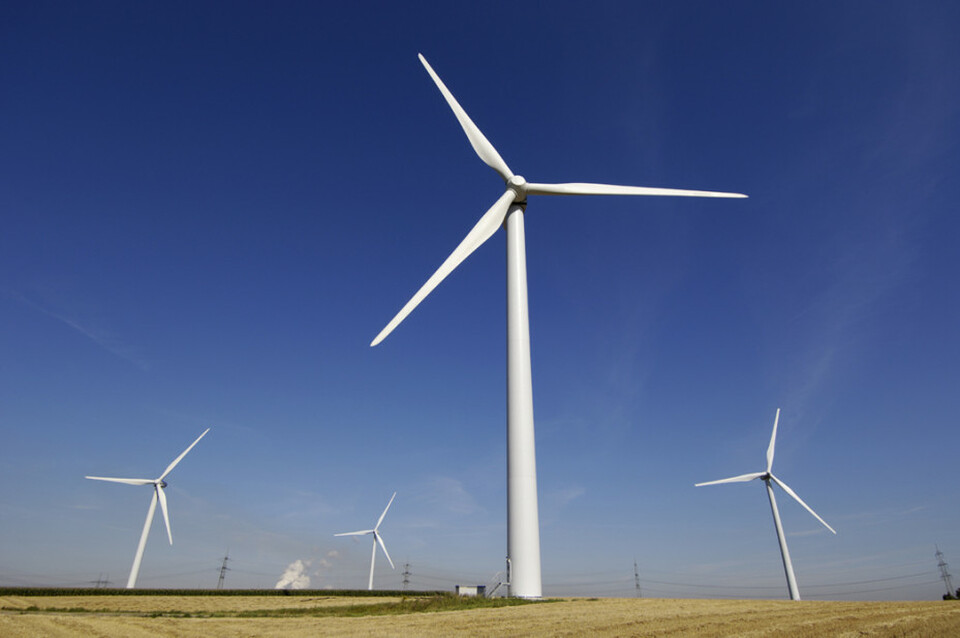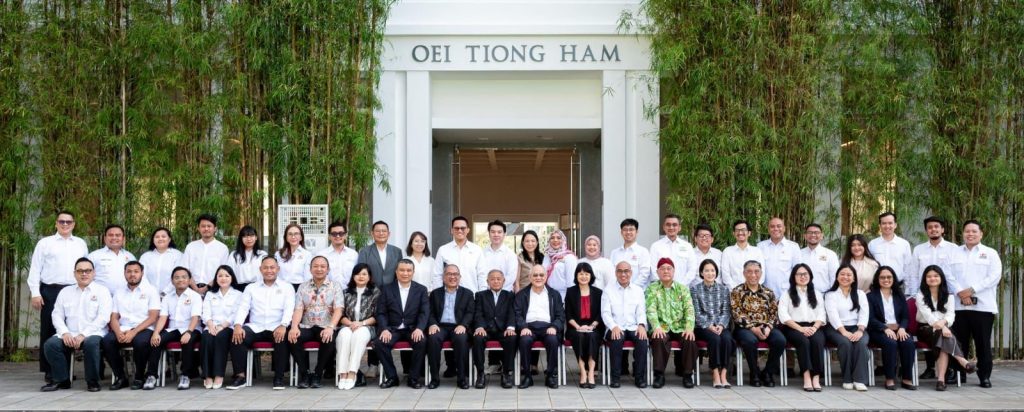Figure 1. Ms. Massita Ayu Cindy answered the questions at the Grand Opening of UKM Inovasi Energi Pertamina University.
Purnomo Yusgiantoro Center (PYC) was delighted to take part in the Grand Opening of UKM Inovasi Energi. The event was held in Pertamina University on February 7th, 2019 and attended by Pertamina University students and lecturers. Two of Indonesia’s leading energy organization, PYC and I Care, were invited to share their perspective about innovation in the energy sector. PYC was represented by Ms. Massita Ayu Cindy as PYC’s research assistant, and I Care was delegating Mr. Adli Renhoren to introduce their program to Pertamina University students. Ms. Massita showed how significant innovation could affect the production growth in a country through the Solow Model. In the Solow Model, four factors shape the production growth, namely capital (K), labor (L), education (e) and ideas (A). Most of those factors (e, L, K) will experience diminishing return at some point when adding the factors will not increase the production growth anymore or even lower the profit. Ideas (A) is the only factor that is not affected by diminishing return and the only tools to increase the production growth without any limitation. The Solow Model theory could also be applied in the energy sector when the idea which represented by technology innovation has improved both quantity and quality of the energy we know today.
The development of energy innovation can be depicted by the history of energy sector development as presented by Ms. Massita. In Indonesia, the history of energy sector development can be divided into four eras, (1) New Order Era (the 1970’s), (2) Baroken Era (the 1980’s); (3) Transition Era (1990’s); and the last is (4) Reformation Era (2000’s). The new order era was marked by the massive scale of oil production up to 1.6 million barrel per day which aimed to help Indonesia recovered from the economic crisis. Besides the large-scale oil production, the government also gave price subsidies to seven types of fuel namely, avtur, avgas, fuel oil, premium, diesel, solar and kerosene. It was the time when the national energy issues started to associate with the social politic issues. The large-scale oil exploitation had succeeded to bring economic stability to the nation with a positive trend of fiscal and monetary. Oil had been the primary export commodity in Baroken Era with more than 80 percent of national export income came from oil. Then the first Dutch Disease occurred which leads the government to start planning the diversification through Baroken (Badan Koordinasi Energi Nasional) document. In the 1990s, economic growth was flourish and followed by an electricity demand increases. The off government balance sheet was started to be applied by the government to help PLN add more power plants to meet the demand. The off government balance sheet means that the government will let Independent Power Producer (IPP) to build the power plant, while the government will guarantee the electricity purchased by PLN for a certain period of times. In 1997-1998 another economic crisis and Dutch Disease emerged which leads to the cancellation of all energy projects. Then, the government started to issue a numbered of new laws in the energy sector and restructured the institutions as part of their urge to restore national stability.
New and renewable energy (NRE) has been implemented in Indonesia for more than fifty years ago. The first renewable energy extensive project occurred at the Jatiluruh Hydropower Plant in 1957 and Kamojang Geothermal Power Plant in 1978. Today, various NRE have distributed executed throughout the nations both in large and small scale. The most recent achievement was the biggest wind power plant in Southeast Asia which located in Sidrap, South Sulawesi. Different from renewable energy, the growth of new energy such as nuclear power, shale gas, and coal bed methane are hampered in Indonesia due to the economic and acceptability issues. In 2017, the NRE percentage in the energy mix had just reached 6 percent, while the government target to increase its percentage up to 23 percent in 2025. On the other hand, oil share in the energy mix in 2017 attained 42 percent, while in 2025 it should be decreased to only 25 percent. Another prediction in the future of the energy sector is the shifting paradigm from the supply side to the demand side. People used to focus on how to guarantee the energy supply to meet energy demand. However, it is started to change when people realized that it is necessary to raise the awareness of energy conservation and diversification. There will always challenges and opportunities, but the most important is how we manage to come with the right ideas and innovation while supported by good-governance that will strengthen the future of Indonesia’s energy sector.







